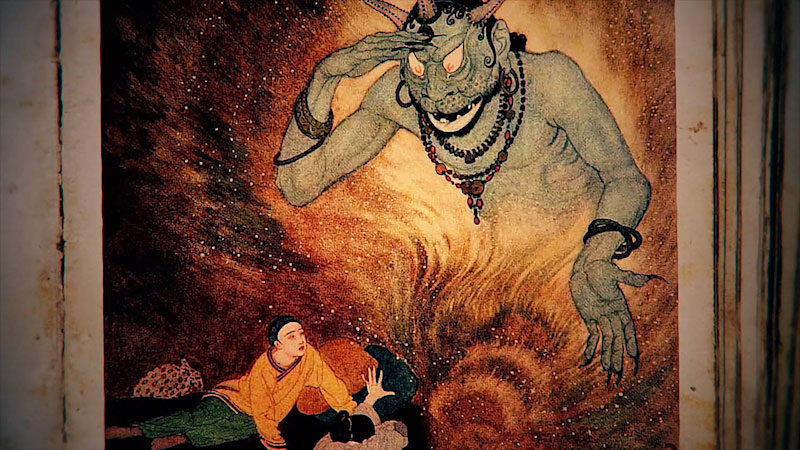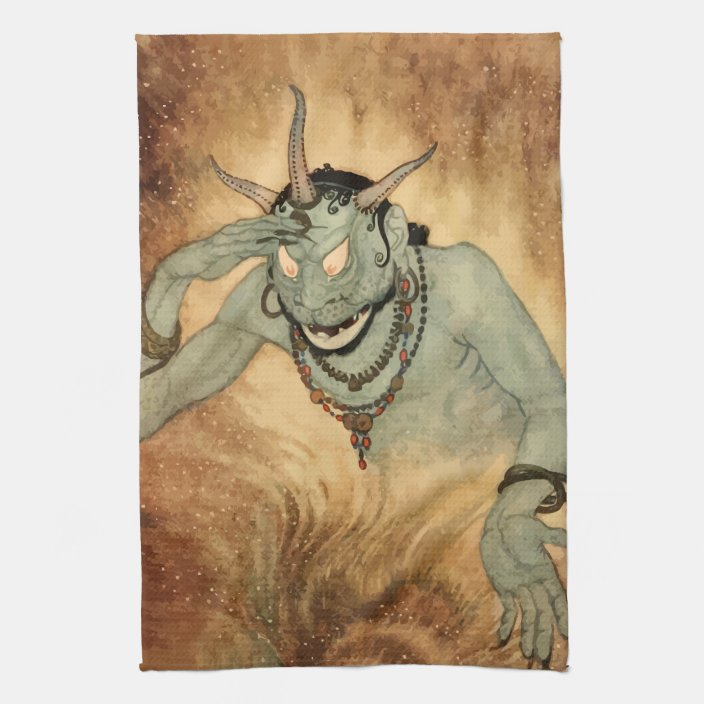Ghouls
Long before Islam began to expand over the Middle East in the seventh century, ghoul stories were common. In fact, gallu, the name of an Akkadian demon in prehistoric Mesopotamian mythology, may have inspired the Arabic word ghul. Many of the ghoul-related Bedouin folktales collected by Arabic academics in the eighth, ninth, and tenth centuries found their way into the collection "The Thousand and One Nights". In the 18th century, both this book's translations and the ghoul concept made their way to Europe. The ghouls of "The Thousand and One Nights" were evil tricksters and insatiable flesh eaters in the original Arabic manuscripts. They used the appearance of lovely ladies to abduct captives and entice amorous men to their deaths. They occasionally even crept inside storerooms and munched on dates there.
Arabic manuscripts did not refer to ghouls as grave robbers that consumed the corpses, despite the fact that they were occasionally connected with hyenas that went hunting for food. The early 18th century French translation of "The Thousand and One Nights" by Antoine Galland, according to researcher Ahmed Al-Rawi, appears to be when this information first appears. Galland allegedly invented the female character Amina, who prefers the company of graveyard ghouls than that of her new husband, in addition to making unauthorized translations. The work of William Beckford, the author of the 18th-century Arabian-themed book "Vathek", and Sabine Baring-folklore Gould's research, were both influenced by this incorrect translation, which had a significant impact on the Western world and its view of the Middle East.
Ghouls, unlike jinn, are always evil; they have a taste for human flesh, frequently lurk in graves, and have a reputation for taking on appealing forms to entice people into the wild. According to Arabic tradition, a ghoul can be slain with a single hit, but it can be revived with a second strike.






